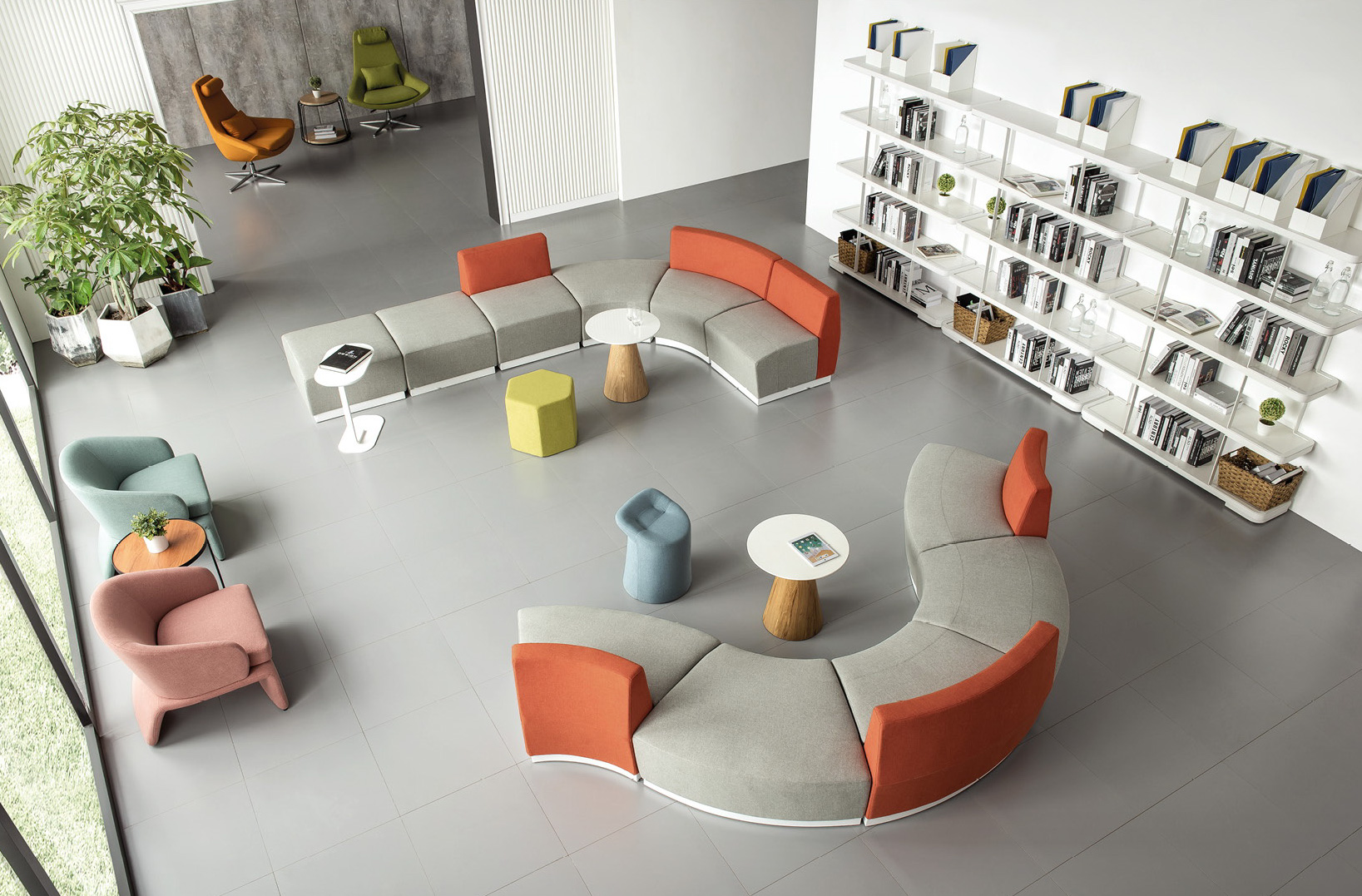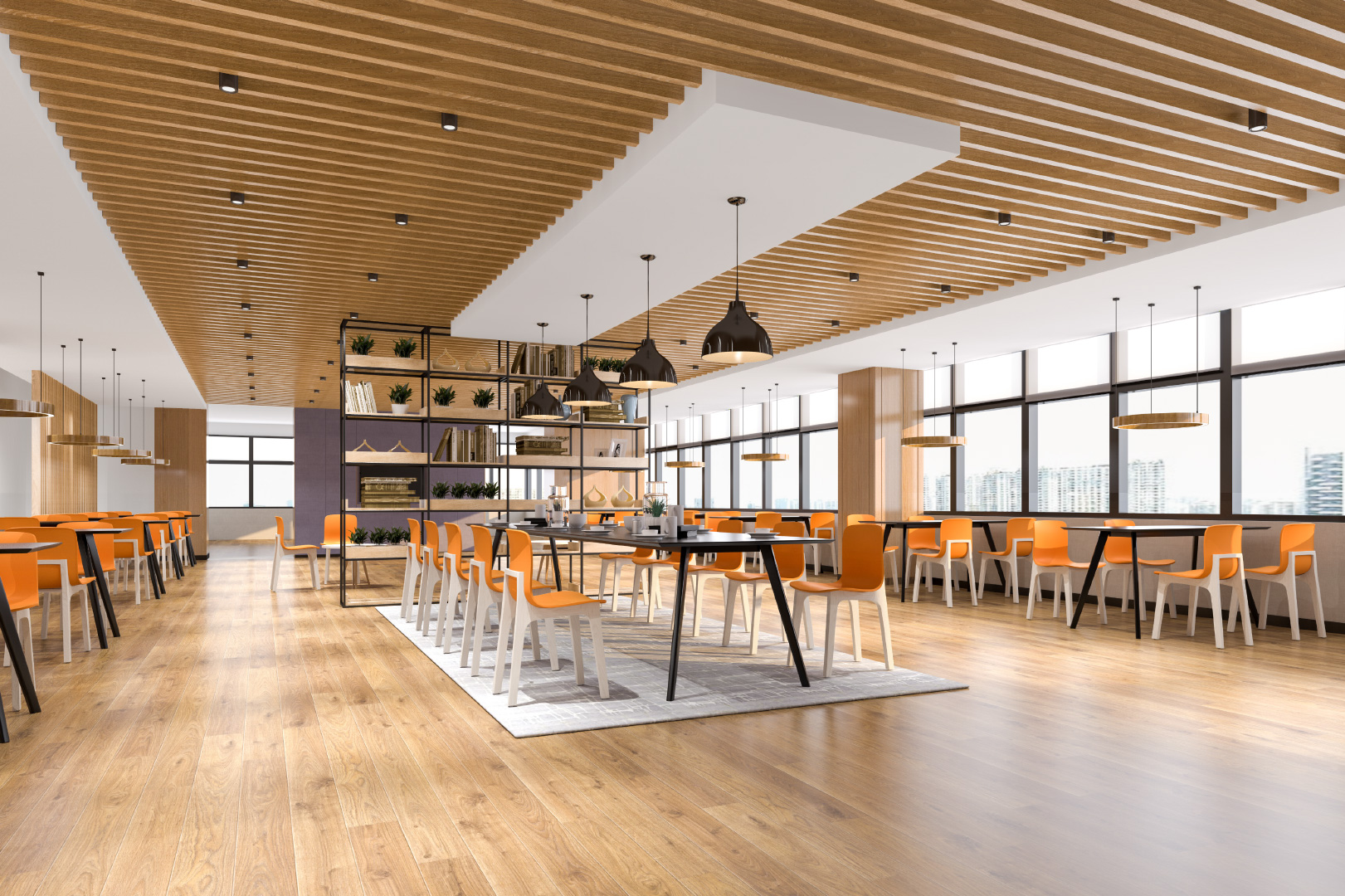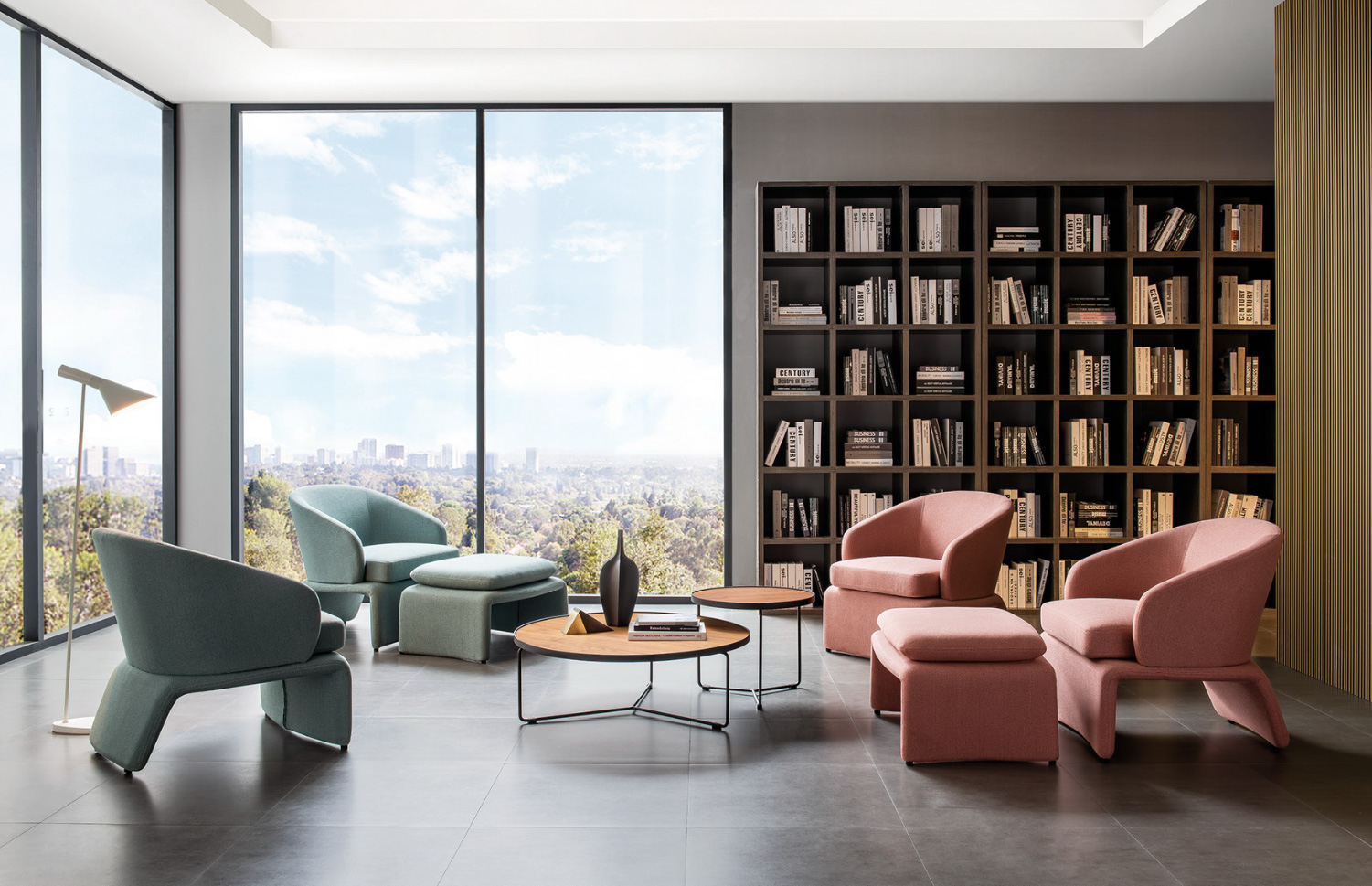In every corporate environment, first impressions hold extraordinary weight. From the moment a client, partner, or prospective employee steps through the front door, the office begins to tell its story. The reception and waiting area act as a prologue, setting the tone for everything that follows. If that space feels considered, comfortable, and elevated, visitors immediately sense professionalism, trustworthiness, and attention to detail. Conversely, if the waiting area feels neglected, outdated, or uninspired, it risks undermining the confidence others place in the business.
Executive lounge settings have become one of the most powerful tools for transforming waiting areas into meaningful, brand-aligned experiences. Beyond mere seating, these lounges convey prestige, hospitality, and care. They turn time spent waiting from an inconvenience into an opportunity — a chance for guests to settle in, feel respected, and absorb the culture of the business.
The Role of the Executive Lounge in Corporate Storytelling
A waiting area does more than occupy visitors until the next appointment. It acts as a stage where your organisation communicates its values. Executive lounge settings allow a business to curate this narrative with intent. Consider the difference between a sparse, utilitarian row of chairs and a thoughtfully arranged lounge space that mirrors the comfort of an upmarket hotel. The latter immediately communicates that the business operates at a higher standard.
The lounge area sends signals of competence and care. Sleek finishes, carefully chosen fabrics, and quality craftsmanship reflect stability and strength. Guests subconsciously link the comfort they experience to the reliability of the organisation they are visiting.
Comfort as a Strategic Investment
Some leaders mistakenly regard waiting areas as low-value real estate. Yet the reality is that every person who enters that space forms impressions that can directly influence outcomes. An investor who feels welcomed and relaxed is more likely to enter discussions positively. A potential recruit who experiences hospitality before the interview even begins starts with heightened confidence.
Executive lounge settings therefore represent a strategic investment. They create an atmosphere that encourages patience, reduces stress, and fosters goodwill. In a world where corporate negotiations often hinge on subtle dynamics, such an environment can tip the balance in a company’s favour.
Designing for Prestige and Warmth
The best executive lounge settings balance prestige with warmth. While it is tempting to opt exclusively for minimalist lines and imposing silhouettes, such choices risk appearing cold. Instead, a blend of refined design and approachable comfort creates the right impression.
Upholstery fabrics, for example, can play an outsized role. Leather or high-grade fabric options in deep, confident tones convey authority. At the same time, incorporating softer textures in cushions or accent seating signals hospitality. Timber finishes, brushed aluminium, or glass elements can then complete the composition, tying the lounge to the broader architectural design.
Spatial Planning and Flow
An executive lounge is not a collection of random chairs. Its strength lies in considered spatial planning. Clusters of seating can be arranged to encourage quiet conversation while still leaving ample room for circulation. Placement near natural light sources creates an uplifting mood, while thoughtful positioning of tables ensures guests have convenient places to set down personal items or refreshments.
The arrangement should also reflect how the business wants guests to feel. A circular configuration suggests openness and collaboration, while linear arrangements imply structure and authority. Subtle adjustments in positioning allow the lounge to embody the character of the business.
Integrating Technology Without Losing Elegance
Modern waiting areas demand more than chairs. Visitors expect to charge devices, connect to Wi-Fi, and occasionally work while they wait. Executive lounge settings must therefore discreetly integrate technology without compromising elegance. Concealed power outlets, wireless charging tables, and carefully placed screens allow functionality to coexist with refinement.
The goal is to meet practical expectations while keeping technology invisible until required. When a guest notices that every detail has been anticipated — from the comfort of the seat to the availability of charging — they conclude that the business is meticulous and forward-thinking.
Case Study: The Hotel-Inspired Corporate Lounge
Across Australia, a number of firms have drawn inspiration from luxury hotels in designing their waiting spaces. These lounges typically include plush seating, curated artwork, warm lighting, and refreshment stations. By borrowing cues from hospitality, corporations elevate their own brand presence. Visitors who experience such spaces remark not only on comfort but on a sense of belonging.
The lesson is clear: corporate waiting areas no longer need to be sterile. They can be destinations in themselves, projecting strength and care while leaving an indelible impression.
Conclusion: The Lounge as a Business Asset
Executive lounge settings transform waiting areas from overlooked corners into assets that advance corporate goals. They influence perception, build trust, and demonstrate the values of the business in tangible form. For organisations that understand the subtle power of environment, investing in a premium lounge is not indulgence — it is strategy.










